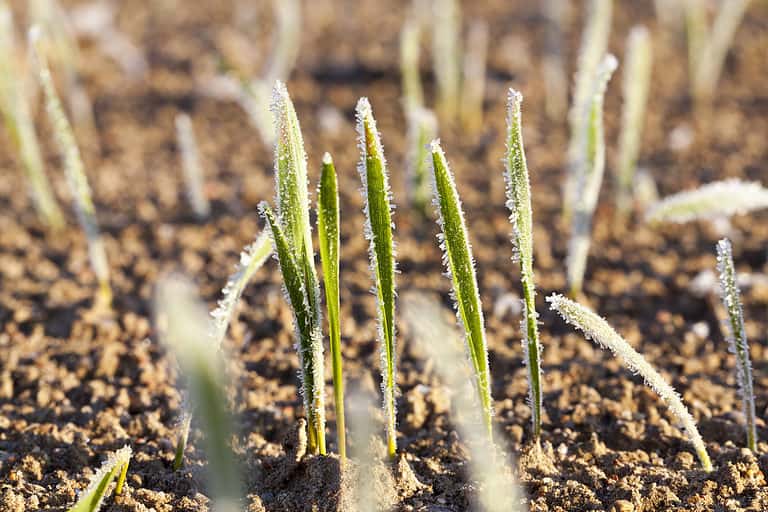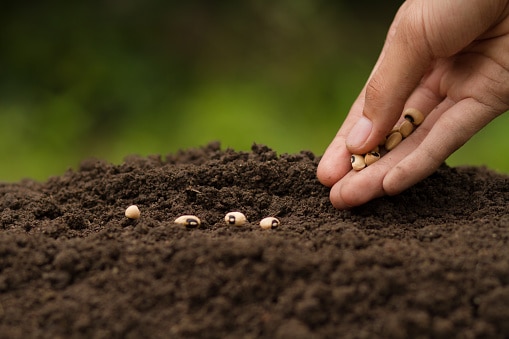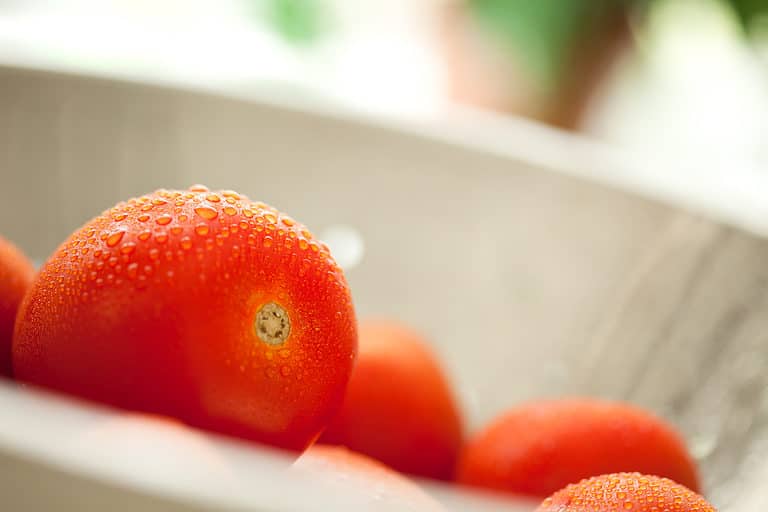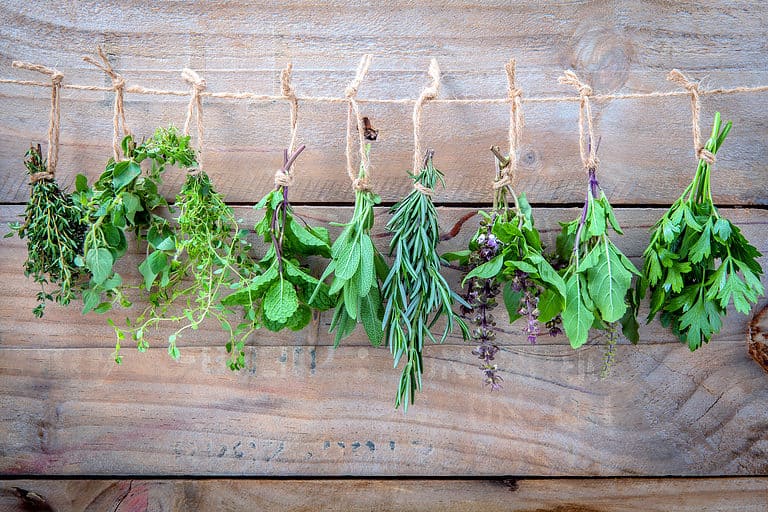Benefits of Hydroponic Garden Systems
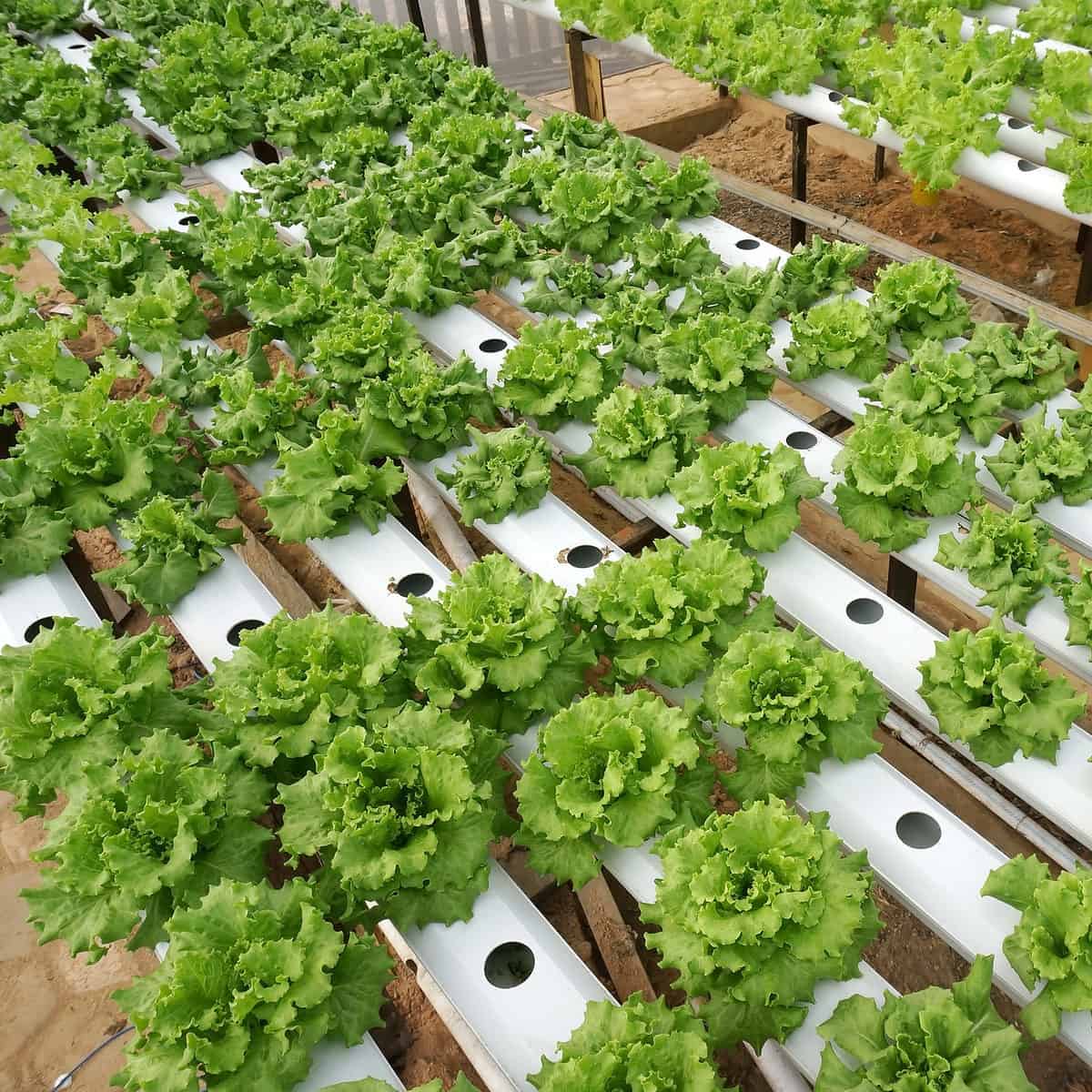
What are the benefits of hydroponics over traditional gardening? Hydroponics is a method of growing plants using nutrient-rich water rather than soil. This technique has a number of advantages, including the ability to grow plants faster and with less water, as well as the ability to control the nutrients that plants receive. In the coming paragraphs, you will learn in details the benefits of hydroponic garden and why it is much preferred over the traditional gardening techniques. Stay with us!
If you are new to hydroponics or looking to learn more please check out our Ultimate Guide to Hydroponics.
Benefits of Hydroponic Garden Systems
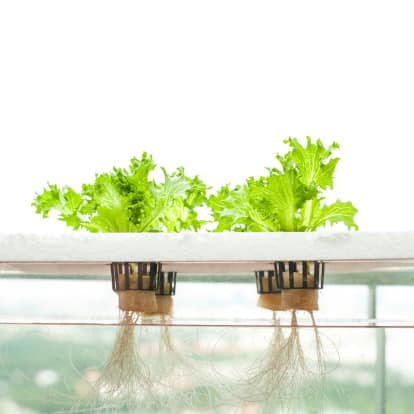
1. Faster and More Efficient Plant Growth
One of the main benefits of hydroponic gardening is that it allows plants to grow faster and more efficiently than they would in soil. This is because plants grown in hydroponics systems have access to a constant supply of nutrients. These nutrients, they can absorb directly through their roots. This means that they do not have to spend energy searching for nutrients in the soil, which can slow their growth.
Hydroponics systems can also be more water-efficient than traditional soil-based growing methods. Hydroponics systems recirculate and reuse water. Hence, plants that grow in these systems do not require as much water as they would if they were grown in soil. This can be especially beneficial in areas with limited water resources.
2. Better Control Over Plant Nutrition
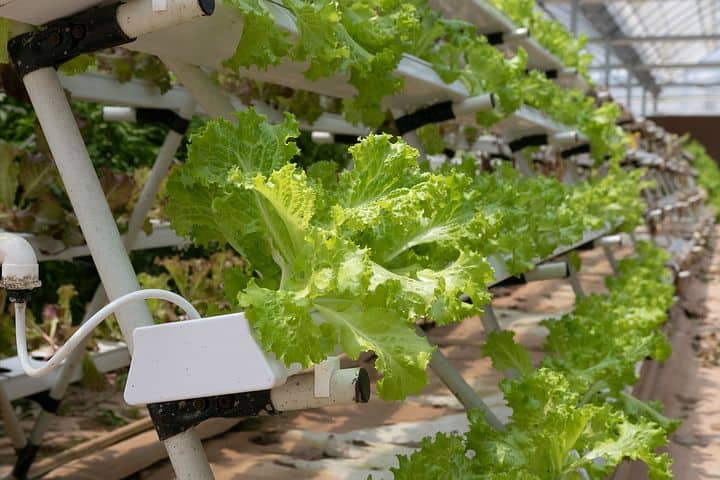
Another advantage of hydroponics is the ability to control the nutrients that plants receive. In soil-based growing systems, the availability of nutrients can be dependent on the quality of the soil, which can vary widely. In a hydroponics system, the grower can carefully control the nutrient mix that the plants receive. Thus, ensuring that they receive the exact balance of nutrients that they need to thrive.
3. Various Hydroponic Gardening Methods
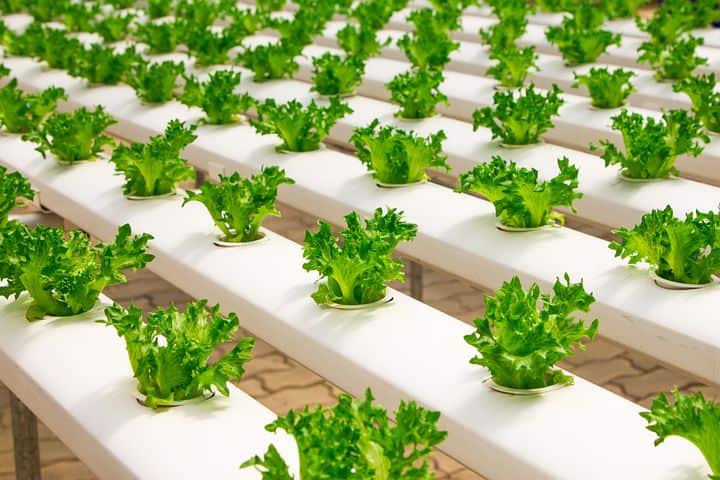
There are several different types of hydroponics systems, including nutrient film technique (NFT), aeroponics, and deep water culture (DWC). In NFT systems, a thin film of nutrient-rich water circulate over the roots of the plants. Aeroponics systems use a fine mist of nutrient-rich water to nourish the plants. For DWC systems, you suspend plants in a nutrient-rich water solution, and submerge their roots in the solution.
4. Cultivation of Different Plant Types
A wide range of plants, including vegetables, herbs, and even flowers flourish in hydroponics systems. For optimal results, use these systems in greenhouses and indoor growing facilities. Also, you can give them a try outdoors in certain climates.
Closing Notes
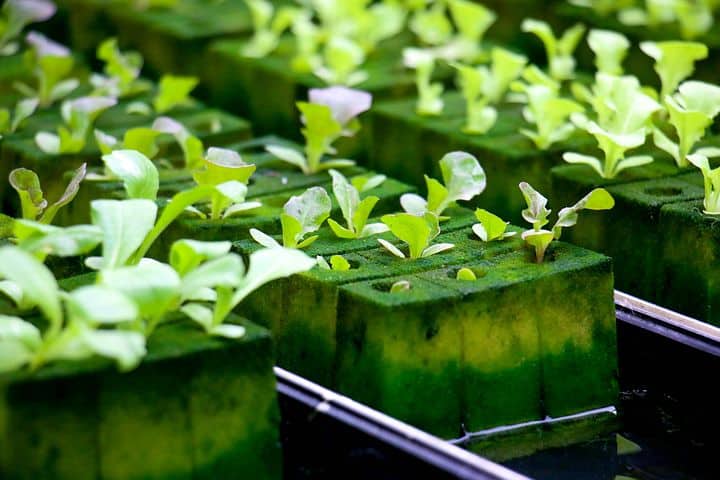
While there are many benefits of hydroponic gardening techniques, they also require careful management and monitoring. The nutrient mix must be carefully balanced. The pH and temperature of the water must be monitored to ensure that the plants receive the optimal conditions for growth. Additionally, hydroponics systems can be more expensive to set up and maintain than traditional soil-based growing systems.
Overall, hydroponics is a powerful tool for growing plants efficiently and sustainably. However, it requires careful management and monitoring. In all, the ability to control the nutrients that plants receive and the water-efficient nature of these systems make hydroponics an attractive option for many growers.


